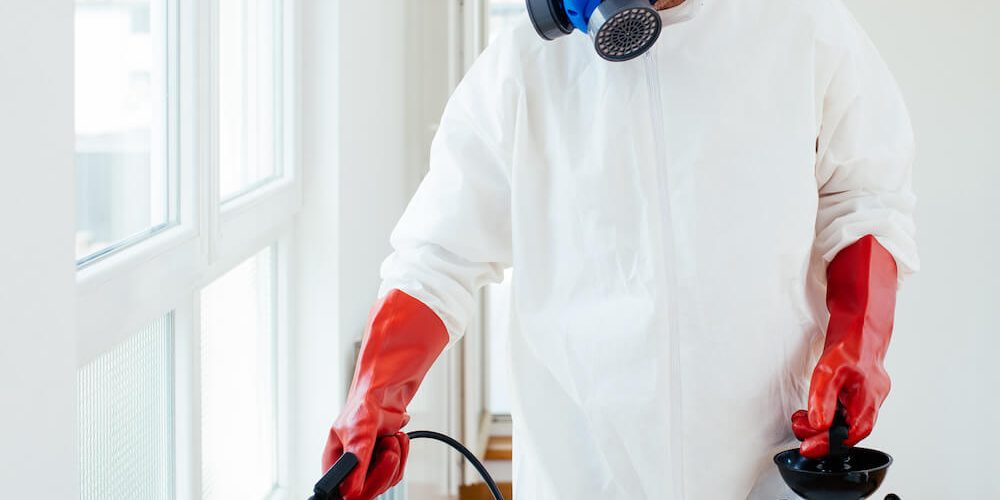
Pest control is not just a concern for urban and suburban areas – it’s also a crucial aspect of maintaining the delicate balance of nature in wilderness areas. In fact, keeping pests under control in these natural habitats is essential for preserving the health of ecosystems and protecting endangered species.
However, traditional pest control methods such as pesticides can have harmful effects on the environment and wildlife. That’s why it’s important to implement safe pest control practices that do not harm the delicate balance of nature in wilderness areas.
One way to achieve this goal is through integrated pest management (IPM). This approach involves using a combination of techniques to manage pests, including biological controls, cultural practices, and targeted use of pesticides only as a last resort.
Biological controls involve utilizing natural predators or parasites to keep pest populations in check. For example, releasing ladybugs into an area infested with aphids can help naturally reduce their numbers without introducing harmful chemicals into the ecosystem.
Cultural practices involve altering environmental conditions to make them less favorable for pests. This can include removing sources of food or water that attract pests or implementing physical barriers like nets or fences to keep them out.
The use of pesticides should https://www.cylex-australia.com/company/safe-pest-control-pty-ltd-23903178.html always be considered as a last resort in IPM. If necessary, they should be used sparingly and carefully chosen based on their potential impact on non-target species. In addition, alternative methods such as botanical oils or microorganisms should be utilized before resorting to stronger chemical solutions.
Another important aspect of managing pests safely in wilderness areas is regular monitoring and prevention measures. Monitoring involves regularly checking for signs of pest activity to catch infestations early before they become widespread problems that require drastic measures. Prevention measures include practicing good sanitation habits such as proper waste disposal and keeping outdoor spaces tidy to avoid attracting pests.
Education also plays a key role in safe pest control for wilderness areas. Educating visitors about how their actions can impact these fragile ecosystems can go a long way in preventing the introduction of invasive species or other harmful pests. Encouraging visitors to follow guidelines such as not feeding wildlife and properly disposing of trash can help minimize potential pest problems.
In addition, collaboration between researchers, land managers, and local communities is crucial for effective pest control in wilderness areas. Conducting research on ecological factors that affect pest populations and working together to develop sustainable solutions can have a significant impact on managing pests safely and effectively.
In conclusion, safe pest control practices are essential for preserving the health of wilderness areas. Utilizing integrated pest management techniques that prioritize natural controls and minimize the use of pesticides is key to protecting fragile ecosystems and safeguarding endangered species. Regular monitoring, prevention measures, education, and collaboration are all critical components in successfully managing pests while maintaining a healthy balance in nature.